An Ode to Mauao
Mauao isn’t just a mountain. To the three iwi of Tauranga Moana, he is a tūpuna and their role is to ensure he is looked after.
Mauao isn’t just a mountain. To the three iwi of Tauranga Moana, he is a tūpuna and their role is to ensure he is looked after.
Mauao stands strong, overlooking and protecting Tauranga Moana. But he didn’t always.
The Māori legend of Mauao begins when the environment was still forming.
A nameless hill once stood on the edge of the Hautere ngahere. He was a pononga (humble servant) to the rangatira maunga (chiefly mountain) Ōtanewainuku.
The nameless one desperately loved Puwhenua, a beautiful hill adorned with a flourishing forest of Tāne.
But, she was in love with Ōtanewainuku.
In utter despair, knowing she will never return his affection, the pononga decided to drown himself in the ocean. He called on the forest creatures of the night, Patupaiarehe, to haul him into the moana.
They obliged, taking all night to drag him to the water’s edge.
As the sun rose, being night creatures, the Patupaiarehe fled back to the shadowy depths of the ngahere, leaving the nameless one fixed in place.
As a parting gift, they named him ‘Mauao’ “caught by the morning sun”.
While he may not have won over Puwhenua, Mauao now stands proudly 232 metres above sea level and is adored by over a million people each year.
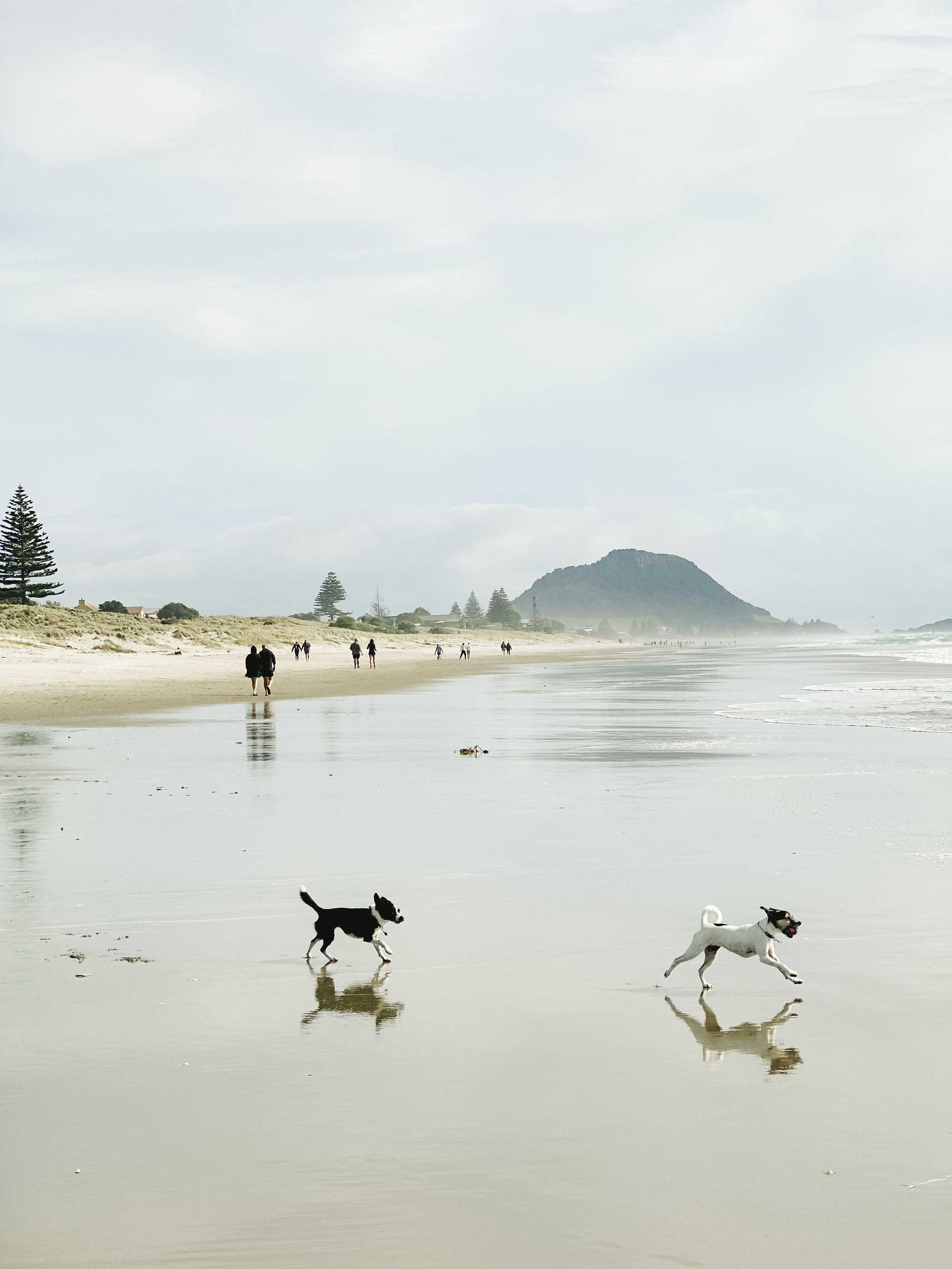
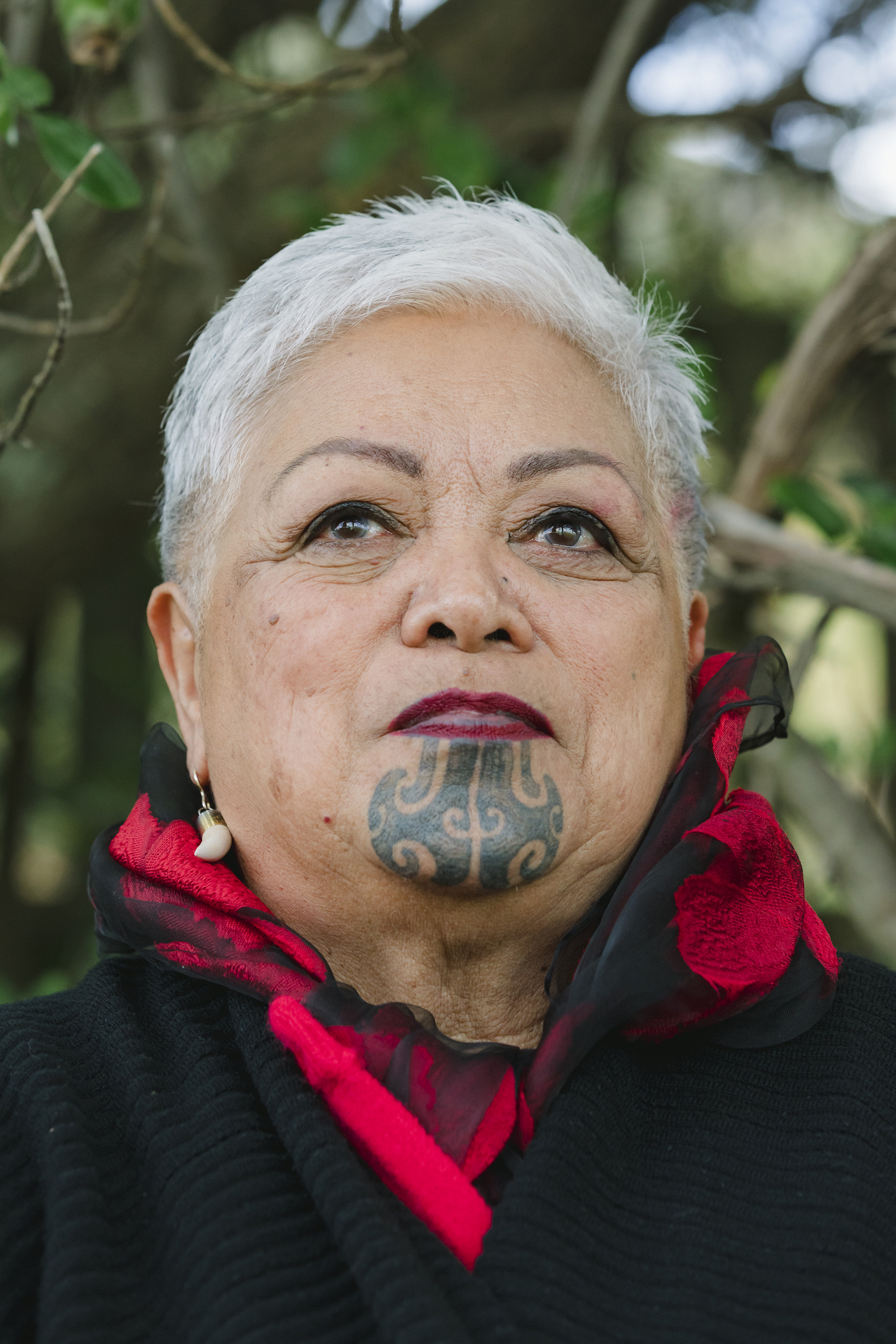
Mauao Trust chair, Matemoana McDonald, says the three iwi of Tauranga Moana – Ngāi Te Rangi, Ngāti Pūkenga and Ngāti Ranginui, along with Waitaha iwi – all have a spiritual relationship to Mauao.
“We personify him. We don’t see him as a mountain, we see him as a tūpuna,” she says.
Formed in 2007 and officially taking over the title of Mauao in 2008, Mauao Trust’s board is made up of representatives from Ngāi Te Rangi, Ngāti Pūkenga and Ngāti Ranginui.
Their main task is to maintain and enhance his mauri.
“Our role is to ensure our tūpuna is looked after, respected and taken care of.
“Both in our lifetime, and passing that on to the next generations to maintain that role of his kaitiaki,” she says.
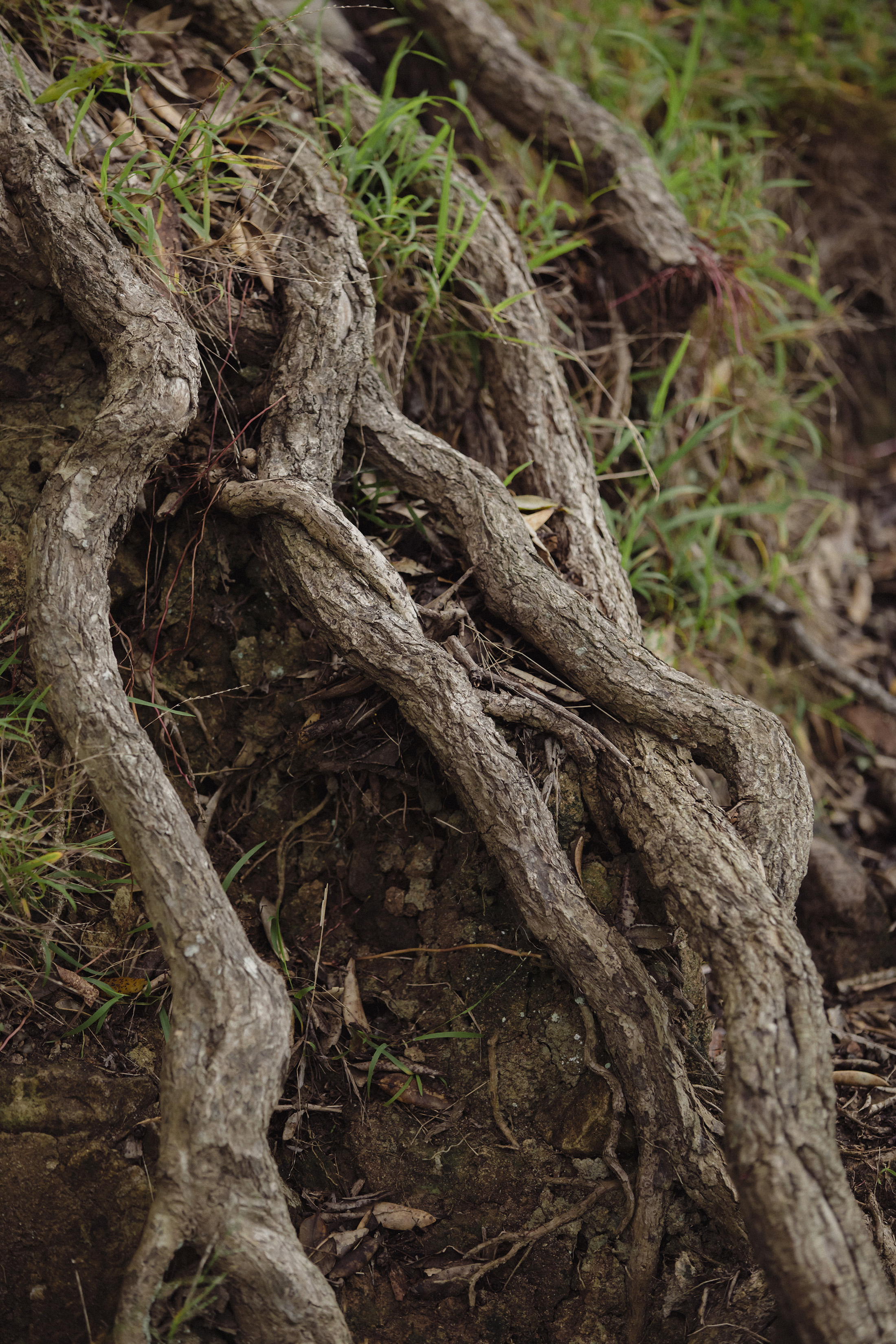
The Pōhutukawa is the most abundant canopy tree on Mauao, with around 680 in varying ages and sizes. The more ancient trees are believed to be around 200 years old.
While Kiwi kids grew up singing about the Pōhutukawa filling our hearts with aroha, in Māori pūrākau (legend) the red blooms are more than just an indicator of warm weather.
The flowers are said to represent the blood of demigod Tāwhaki after he fell from the heavens, and the 800-year-old Pōhutukawa on the cliffs of Te Reinga (Cape Reinga) is said to be where spirits begin their journey to the underworld.
While abundant on the maunga, some Pōhutukawa are in trouble.
In 2017, myrtle rust was identified on a number of lower level tree stands.
Ever since, the Trust has been working to find out why and how they can restore the health of the rākau and, in turn, Mauao.
Myrtle rust is a fungal disease that affects plants in the myrtle family - like kānuka, mānuka and the introduced feijoa.
It starts as rusty coloured spots on the leaves, causes leaf loss, canopy dieback, and eventually, death.
While fungicides can slow the infection, there is currently no cure.
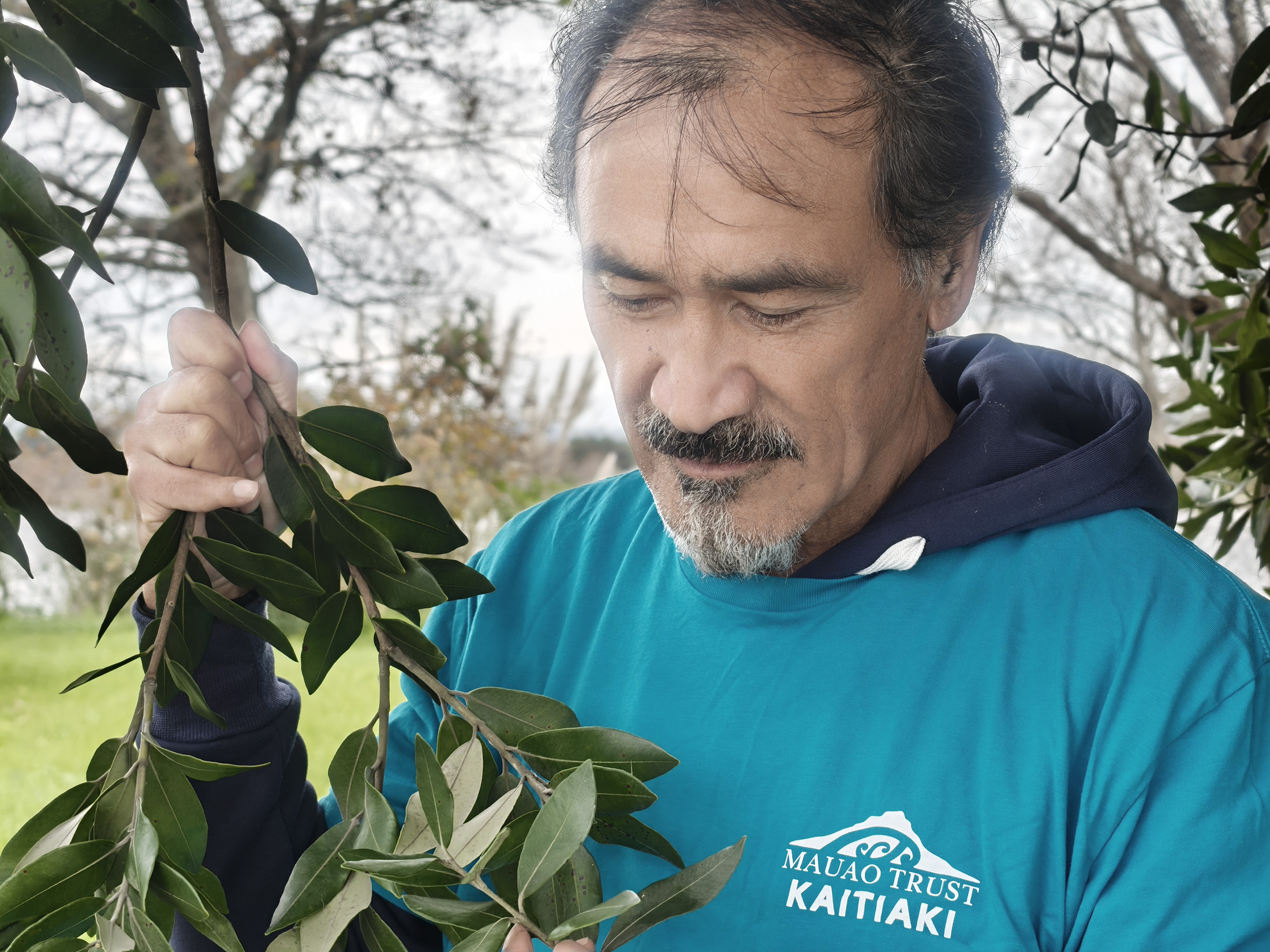
Funded by Genomics Aotearoa and led by Scion Master’s student Kawana Warahi, the two-year research programme was focused on identifying the Pōhutukawa on Mauao, and if any had a resilience to myrtle rust.
“First, we needed to know where all the trees were, how many, and how healthy they were.”
Kawana says his passion for science started more than a decade ago while living in Vanuatu with his wife and children.
He worked on a Japanese-owned beef farm where they monitored everything from what a cow was eating, drinking, how it was moved and when it was moved.
His passion for home grew stronger, and the whānau returned to Aotearoa.
Most recently, Kawana was working with Scion, Ngāti Pikiao and Rotoiti 15 and their Te Rātā Whakamaru project, which was also focused on identifying and monitoring myrtle rust.
“They had a thriving kaitiaki team there, but we ran out of [Jobs for Nature] funding and the work stopped.
“I took these kaitiaki [from Mauao] to go look at the transects [monitoring lines], and the trees are dead,” he says.
“It breaks my heart. It was devastating. I don’t want to see that here.”
To kick-start the project on Mauao, satellite imagery and artificial intelligence was used to confirm what type of Pōhutukawa were there.
They found three species – pītau, an endemic species that likely has whakapapa to the earliest years of Mauao, Kermadec, which came to Aotearoa on a Waka and is taonga to the people of Taranaki, and a hybrid species which is a combination of the two.
In the last nine weeks of the programme, a group of kaitaki, who all whakapapa to Mauao, were invited to join Kawana and learn more about the programme and be gifted with his knowledge of Pōhutukawa.
They now know how to develop and implement an effective monitoring programme.
“The final nine weeks were about transferring capability.
“These kaitiaki are all quite experienced and capable.
“I tried to teach them skills that they could use on the maunga, in the awa (water) and in the rangi (sky), so they can monitor whatever species they need to.
“Myrtle rust is today’s problem.
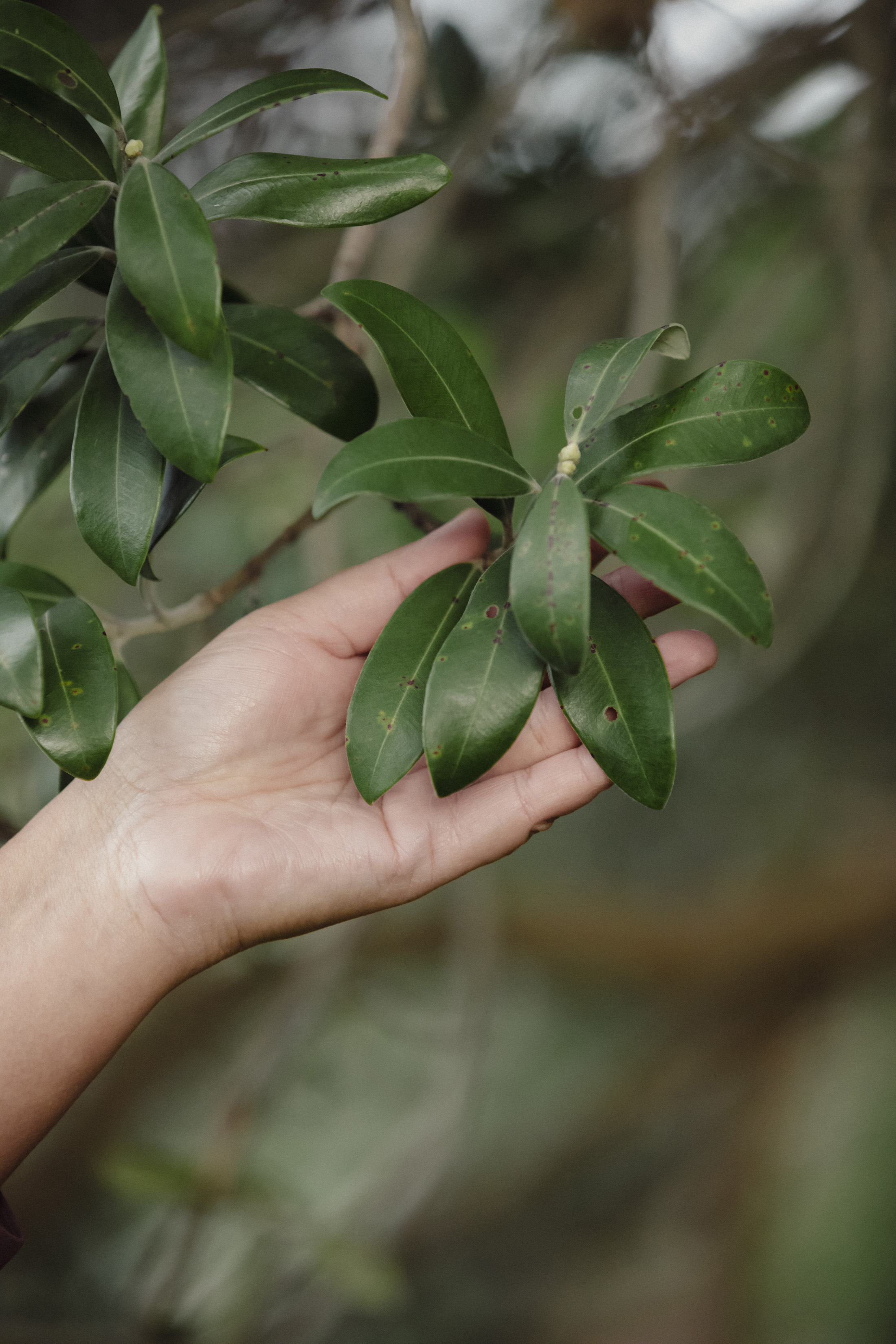
“We don’t know what tomorrow’s problem is. We just need people who are skilled and passionate,” he says.
The kaitiaki would meet every Wednesday and spend either a day on Mauao, getting to know the rākau, sharing knowledge of how to identify what species and if it was healthy.
Or, they would be in the classroom learning about maths, stats and graphs.
“We are happy that his health and his mauri is being restored and everyone can share his significance.”
“Myrtle rust is today’s problem. We don’t know what tomorrow’s problem is. We just need people who are skilled and passionate.”
“Frustrating work,” Kawana says, but essential to conservation.
One of the kaitiaki was Terina Kohere, a 24-year-old recent graduate of Bay Conservation Cadets, who says the mahi was important in making connections with other hapū and the whenua.
“I didn’t know there were trees up here that were that old!
“It was really nice to learn more, especially from Kawana.
“He’s inspiring and loves what he does,” she says.
To wrap up the research programme, Kawana and the kaitiaki shared their findings with the Mauao Trust board and project associates. Kai and learnings were shared, kōrero was had and connections were made.
While the initial research may be complete, the fight against myrtle rust continues.
The Trust will now embark on an ongoing monitoring programme to identify which trees are resistant to the myrtle rust and, if funding allows, the Trust is open to using genome sequencing to find out why.
“The genome can tell us if a tree is resistant to myrtle rust,” Kawana says.
The final goal is to re-cloak Mauao in resilient trees that can thrive into the future.
“We are happy that his health and his mauri is being restored and everyone can share his significance,” says Mauao Trust chair Matemoana McDonald.
“Not just us, his kaitiaki,” Matemoana says.
“But the community, and the world really.
“They can come here, know who he is and what he means to us.”
Words by Rebecca Lee
Photography by Adrienne Pitts


